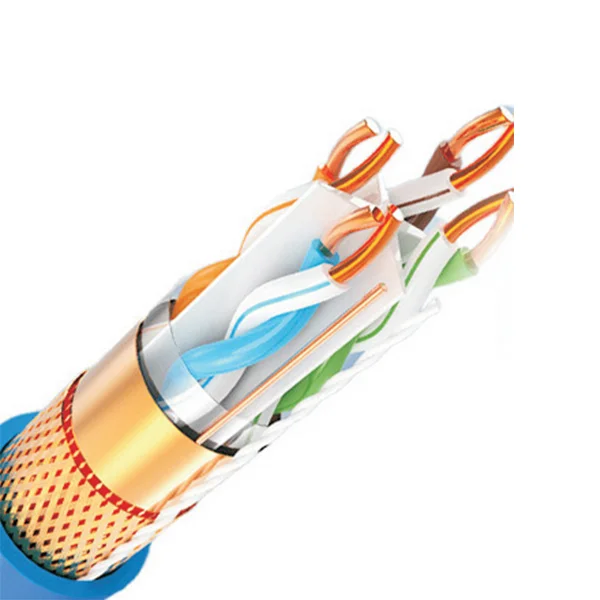Mastering the Art of Electronic Component Verification: A Comprehensive Guide
In the world of electronics, the reliability and functionality of devices hinge on the quality of their components. Whether you are a hobbyist, an engineer, or a technician, knowing how to check all electronic components is crucial for ensuring optimal performance and longevity. This article delves into advanced techniques and methodologies for verifying electronic components, providing you with a robust framework to enhance your diagnostic skills.
Understanding the Importance of Component Verification
Before diving into the methods of checking electronic components, it’s essential to understand why this process is vital. Faulty components can lead to device malfunctions, safety hazards, and increased costs due to repairs or replacements. By implementing thorough verification processes, you can:
- Enhance Reliability: Ensuring that each component functions correctly minimizes the risk of failure in the final product.
- Improve Safety: Faulty components can pose serious safety risks, especially in high-voltage applications.
- Reduce Costs: Identifying defective components early in the design or manufacturing process can save significant costs associated with returns and repairs.
Types of Electronic Components and Their Verification Methods
Electronic components can be broadly categorized into passive and active components, each requiring specific verification techniques.
- Passive Components
Passive components include resistors, capacitors, inductors, and transformers. Here’s how to check them:
- Resistors: Use a digital multimeter (DMM) to measure resistance. Compare the measured value with the specified value (tolerance included). Ensure that the resistor is not open or shorted.
- Capacitors: For electrolytic capacitors, check capacitance using an LCR meter. Pay attention to the equivalent series resistance (ESR) to assess the capacitor's health. For non-polarized capacitors, a simple capacitance check suffices.
- Inductors: Measure inductance with an LCR meter. Inspect for shorts or opens by checking continuity with a multimeter.
- Active Components
Active components include diodes, transistors, integrated circuits (ICs), and operational amplifiers (op-amps). Their verification requires more sophisticated techniques:
- Diodes: Use a multimeter in diode mode to check forward and reverse bias. A good diode should conduct in one direction and block in the other.
- Transistors: Check bipolar junction transistors (BJTs) by measuring the base-emitter and base-collector junctions with a multimeter. For field-effect transistors (FETs), verify gate-source and gate-drain junctions.
- Integrated Circuits (ICs): Testing ICs can be complex due to their multi-functional nature. Use an oscilloscope to observe output signals and ensure they match expected waveforms. For digital ICs, a logic analyzer can help verify signal integrity.
- Operational Amplifiers: Check the power supply pins for correct voltage levels, and use an oscilloscope to examine the output in response to input signals.
Advanced Techniques for Component Verification
While basic testing methods are essential, advanced techniques can provide deeper insights into component health:
- Thermal Imaging: Use a thermal camera to identify hot spots on PCBs, which can indicate failing components or poor connections.
- In-Circuit Testing (ICT): This method allows for testing components while they are still mounted on the PCB. ICT can identify faults without the need for desoldering components.
- Automated Optical Inspection (AOI): Employ AOI systems to visually inspect PCBs for soldering defects, component misalignment, and other manufacturing issues.
- X-Ray Inspection: For complex assemblies, X-ray inspection can reveal hidden defects such as solder voids and internal component damage.
Best Practices for Component Verification
To ensure effective verification of electronic components, consider the following best practices:
- Maintain Calibration: Regularly calibrate your testing equipment to ensure accuracy.
- Follow Manufacturer Specifications: Always refer to the datasheets for specific testing methods and tolerances.
- Document Findings: Keep detailed records of your tests to track component performance over time.
- Stay Updated: Keep abreast of new testing technologies and methodologies to enhance your verification processes.
Conclusion
Checking electronic components is a critical skill that can significantly impact the performance and reliability of electronic devices. By employing a combination of basic and advanced verification techniques, you can ensure that each component meets the necessary standards for functionality and safety. As technology evolves, staying informed and adaptable will empower you to tackle the challenges of component verification with confidence. Whether you are designing a new circuit or troubleshooting an existing one, mastering these techniques will undoubtedly enhance your expertise in the field of electronics.




